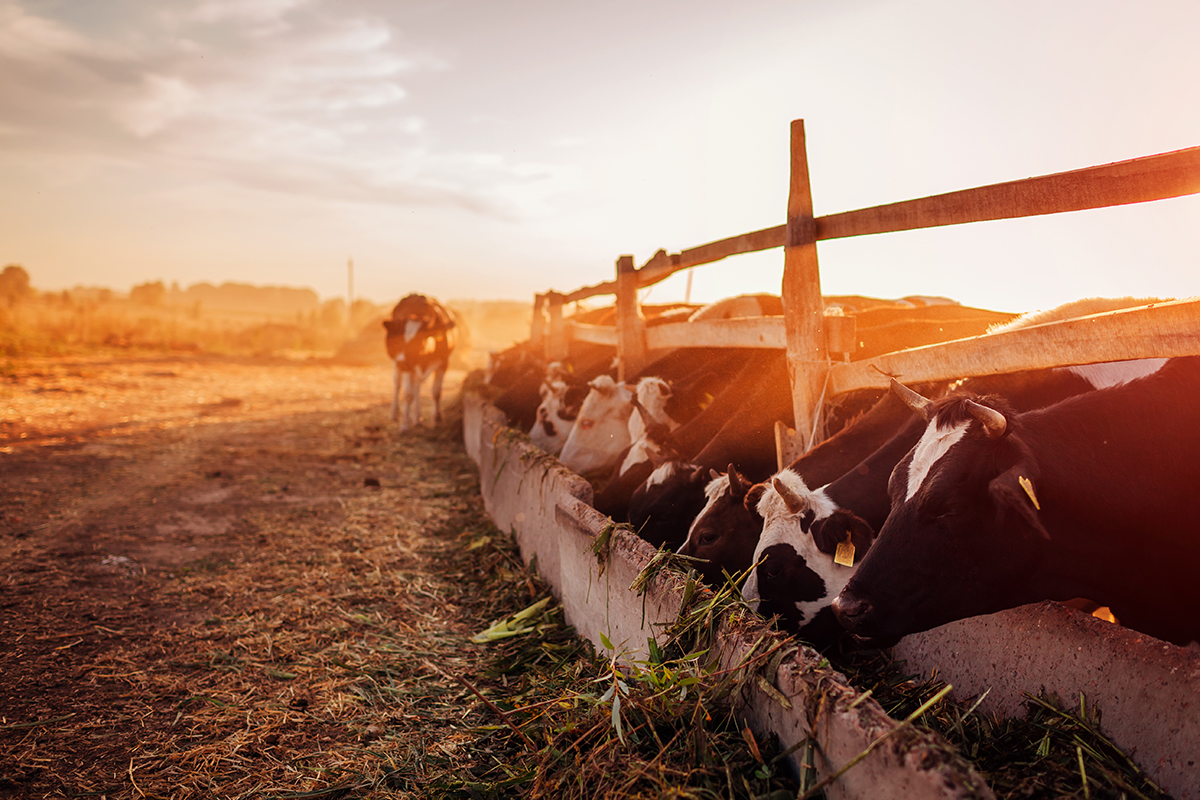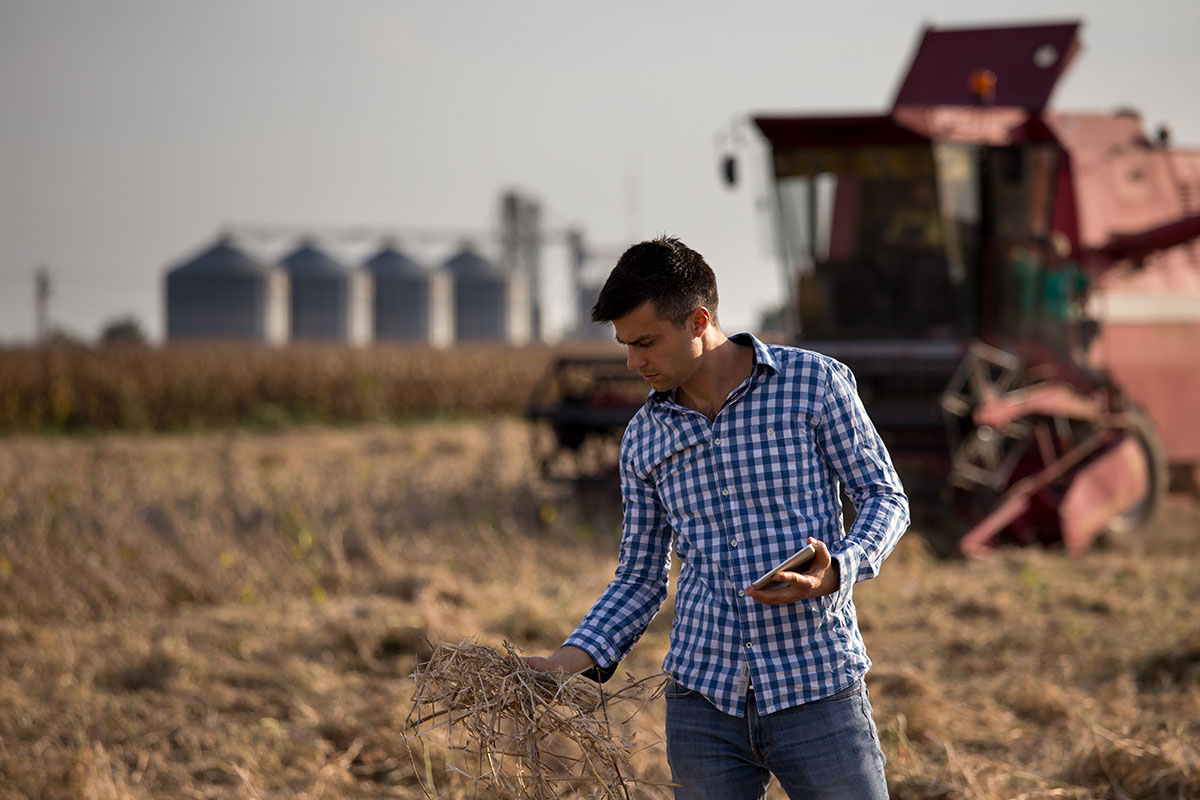When asked about the outlook for agricultural commodities, I simply go back to the most basic economic equation – supply and demand. For decades, the world has been able to produce more agricultural commodities than what there was demand for. In the past decade, this has fundamentally changed. For each of the three major crops grown in the U.S. (corn, soybeans and wheat), the demand side of the equation has been phenomenally strong and the world now struggles to keep up from the supply side.
Until this picture changes significantly, I will remain bullish on all three of these crops. There are certainly nuances and different factors driving each of the different crops, but at a very high level I believe strong prices will persist for as long as we see this exceptional demand remain in place.
Supply and demand impacts
World corn production will likely be limited by a potentially weaker-than-usual South American crop as well as reduced total acres due to the relatively high cost of nitrogen. Of the three main crops it appears that, for this year, corn will likely have the most catalyst to the upside. International demand for U.S. corn was dampened last fall by a very strong U.S. dollar, but the U.S. dollar has come down significantly from its highs and this should be very supportive to improve U.S. corn exports in 2023.
Argentina is struggling with their worst drought in more than six decades and this is likely supportive for soybean prices in the coming year. This is, however, at least partially offset by a very strong Brazilian crop. Over the intermediate term, the renewable diesel initiatives could prove to be very important in the soybean market as big oil and big ag come together to add what is estimated at more than 550 million bushels in new soybean crushing capacity by 2026. Renewable diesel is 100% substitutable for traditional diesel and this, again, is likely very supportive to the soybean market out to the intermediate term.
The wheat market continues to be impacted by the ongoing war in Ukraine, which unfortunately does not seem likely to be resolved anytime soon. Global supplies remain tight and a good portion of the U.S. wheat acres face drought concerns. A weakening U.S. dollar is also very relevant and helpful to U.S. wheat exports.
On the input side, farmers are glad to see some lower prices on the chemical side, especially for 2-4-D and glyphosate and many believe that most of the drop we would see here has already happened. Fertilizer prices are well of the highs of the spring of 2022 and continued to drop throughout the month of March. Despite these drops, fertilizer remains stubbornly high when compared to the spring of 2021. Energy prices had seen a big reduction with West Texas Intermediate (WTI) crude oil dipping below $70/barrel but have now jumped back above $80/barrel with the recent Organization of the Petroleum Exporting Countries (OPEC) production cuts. Interest rates have become much more of a key consideration with the prime rate of interest now at 8%.
Managing each of these primary inputs will be key to farm level profitability in 2023.
So, what will the remainder of 2023 look like for ag producers in the U.S.? I remain optimistic and bullish. Timing of input purchases and crop sales will be key. I’m reminded of my high school algebra teacher who always admonished the class: “If you do something on one side of the equation, be sure to do it on the other side of the equation as well.”
This article also appears in Ozarks Farm & Neighbor‡.
Our Agribusiness Division serves all areas of agriculture, including producers, processors, suppliers and manufacturers of equipment and goods, throughout a 12-state area.
When you click links marked with the “‡” symbol, you will leave UMB’s website and go to websites that are not controlled by or affiliated with UMB. We have provided these links for your convenience. However, we do not endorse or guarantee any products or services you may view on other sites. Other websites may not follow the same privacy policies and security procedures that UMB does, so please review their policies and procedures carefully.





